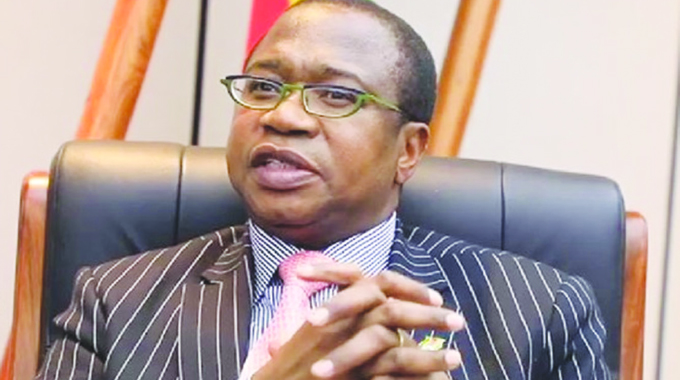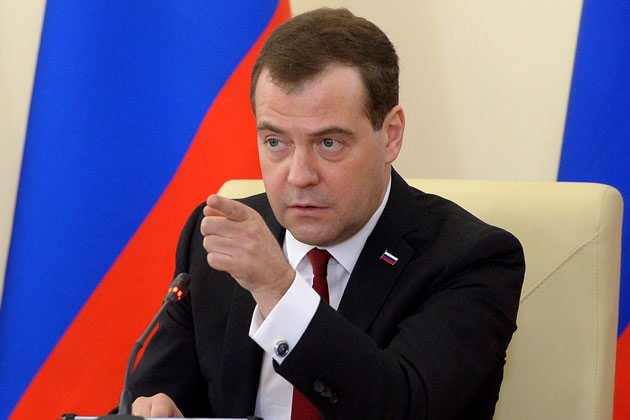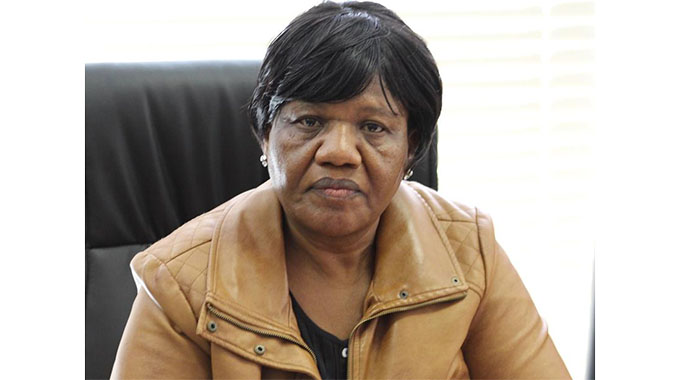EDITORIAL COMMENT: Fundamentals fixed so rogues must reform

THE basic fundamentals of the Zimbabwean economy are in place: the Government for the Second Republic lives within its means for the first time since independence with borrowing limited to 1,5 percent of gross national product and even then only for revenue producing capital spending.
The balance of payments is positive so we earn more foreign exchange than we spend. In his address last week to Polad, the grouping of the leaders of most political parties, Minister of Finance and Economic Development Professor Mthuli Ncube listed the achievements.
Not least of these was the monetary policy reforms that have so far seen US$3,2 billion in foreign exchange sold on the auctions in two years since that system was put in place just before the middle of 2020. That in turn has seen the manufacturing sector, which gets the overwhelming majority of the auction currency, produce the bulk of what we all need to buy, pushing the capacity utilisation of our factories to almost 57 percent by last year, the latest statistics.
That in turn sharply reduced imports, allowing faster growth with less foreign exchange pressure, cutting costs and creating jobs. Of that US$3,2 billion, 64 percent, just over US$2 billion, went to raw materials, equipment and machinery, direct inputs into industry. But a fair chunk of the services, chemicals, consumables, packaging and energy components of the rest would have ended up being spent by industry or for industry. And all this is in addition to what is earned and spent from retained export earnings.
So what is the problem? There are several. The first was outlined by Prof Ncube, the “price discovery” mechanism. How do you cost the foreign exchange, the exchange rate?
The bids made by buyers were supposed to do this, but the Reserve Bank of Zimbabwe, as industrial demand for hard currency grew, continued to allocate more currency than was immediately available in that pool, generated from the 40 percent surrendered portion of export earnings, for these essential imports.
This created a backlog, the second problem. The calculation that exporters would be selling off some of their 60 percent retained earnings at the auction rate, since there was a market exchange rate, was misplaced; they just hoarded them.
That hoarding was part of the problem outlined by Reserve Bank of Zimbabwe Governor John Mangudya at Polad, the extreme nervousness over the local currency and the desperate desire by so many, and not just exporters, to hold as much foreign currency as possible. This, as he noted, arose from the sad history of inflation in Zimbabwe, despite the fact that fundamentals are now so different.
That hoarding and desire for hard currency in turn fuels the black market and that fuels inflation, so we get a set of self-fulfilling prophecies. This is just when we deal with legitimate and semi legitimate business decisions, mind you.
Solutions are being put in place. Price discovery is now the willing-buyer willing seller market, the interbank exchange rate. This was established at the beginning of April and while a modest market it has produced a rate that is pure market based.
In the middle of May, the Reserve Bank, in a major auction reform, rejected all bids much below that rate and brought the auction and interbank rates into alignment. And Prof Ncube made it clear at Polad that the interbank rate, which is set by the banking sector without any massaging, is the real rate and the proper price discovery mechanism and that he wants to see use of this market expanded.
At the same time, the mid-May reforms saw a programme to eliminate the auction allocation backlog rapidly and then keep it eliminated by only selling what was in the pool. So the two major problems built around fundamentals were sorted out. All that we need to do is keep them sorted out.
The core of the rest of the problems is the black market and the private sector creation of liquidity to fuel it. The liquidity was being used by the buyers in that market, generating ever increasing demand and, as the major side effect, causing most of the inflation.
Here a number of measures were announced in the mid-May reforms, which are now being implemented.
The cheating by some businesses, with connivance by banks either deliberate or because they did not worry, has been known for some time.
Last year Dr Mangudya had to change rules so that a maximum of a half of a bid was borrowed money. The other complication was that some were buying on the auction and costing using the black market rate, and that needed continual monitoring.
But also last year it became apparent that the private sector and the banks were now fuelling money supply, rather than the straight-laced Government, and the monetary policy committee had to start measuring broad money supply.
It then became obvious that things were a lot worse than thought, as Dr Mangudya said in a statement at the end of last week when the first results of the detailed investigations launched last month came through.
The 15 major culprits were borrowing billions, although they did not need them in general, and using these to build up stocks of materials, and using them to deal in the black market and even funding others to buy foreign currency.
These companies were then not just arbitraging between the official and black markets, but were also arbitraging over time, buying in stocks and making the products at one price and then selling at the inflated price down the line, creating huge profits that cleared the debt with a large whack of cash left over.
And if they could buy some currency at least on auction and sell all at black market rates those profits would be even larger.
This means that these companies have a vested interest in maintaining high rates of inflation and high premiums between the black market and the official markets. They profiteer from misery. The worst had loans totalling $6,5 billion from 12 banks. While Dr Mangudya named no names the list of suspects is short. Out of the 54 companies on the Zimbabwe Stock Exchange, 17 have a market capitalisation below that figure and only 10 are capitalised at 10-times that figure.
Dr Mangudya also mentioned that some of the 15 had complex structures with multiple subsidiaries each borrowing and with a holding company that produced little, but also borrowed heavily. So if the champion is one of those and is on the ZSE then the list of suspects is very short indeed.
His solution was to make banks do their job properly and know their customers, although one company or group using 12 banks is probably a worrying revelation to the banking sector.
The second thing banks have to do is ensure that loans are used for normal productive business, not playing the arbitrage and black markets.
This means banks have to be responsible and careful. In any case the RBZ Financial Intelligence Unit will be peering over everyone’s shoulders in these 15 and their banks, and of others who might get caught as investigations continue. The authorities now need to be ruthless in taming and eliminating this behaviour. Creating the misery and then feeding off it is reprehensible behaviour.
Edward Heath, a pro-business British Tory Prime Minister, once used the phrase “the unacceptable face of capitalism”. That is a good description of what we face from these companies and their banks.











Comments